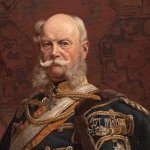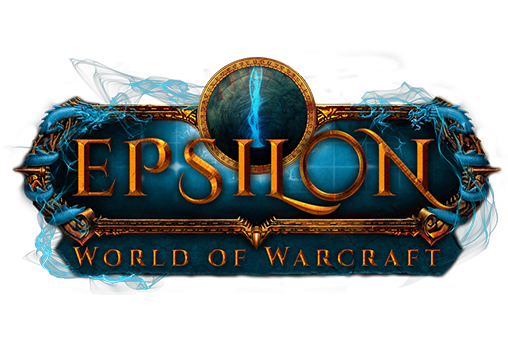Sign in to follow this
Followers
0

Orcish Shamanism, Varieties of Faith Among the Orcish Clans - A Roleplayer Resource
By
Erkor, in Nar'thalas Academy
-
Recently Browsing 0 members
No registered users viewing this page.
